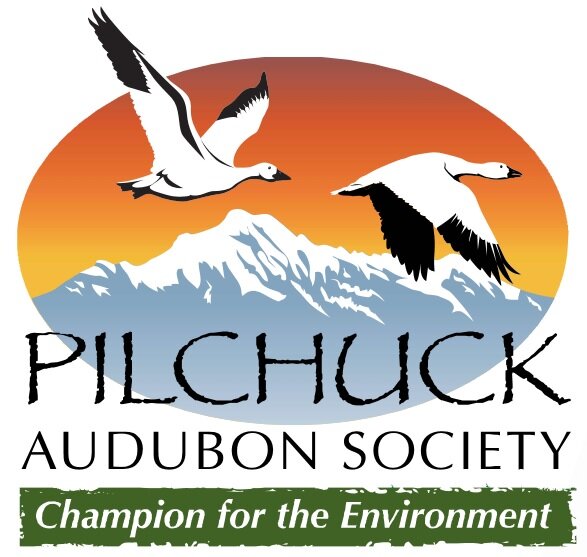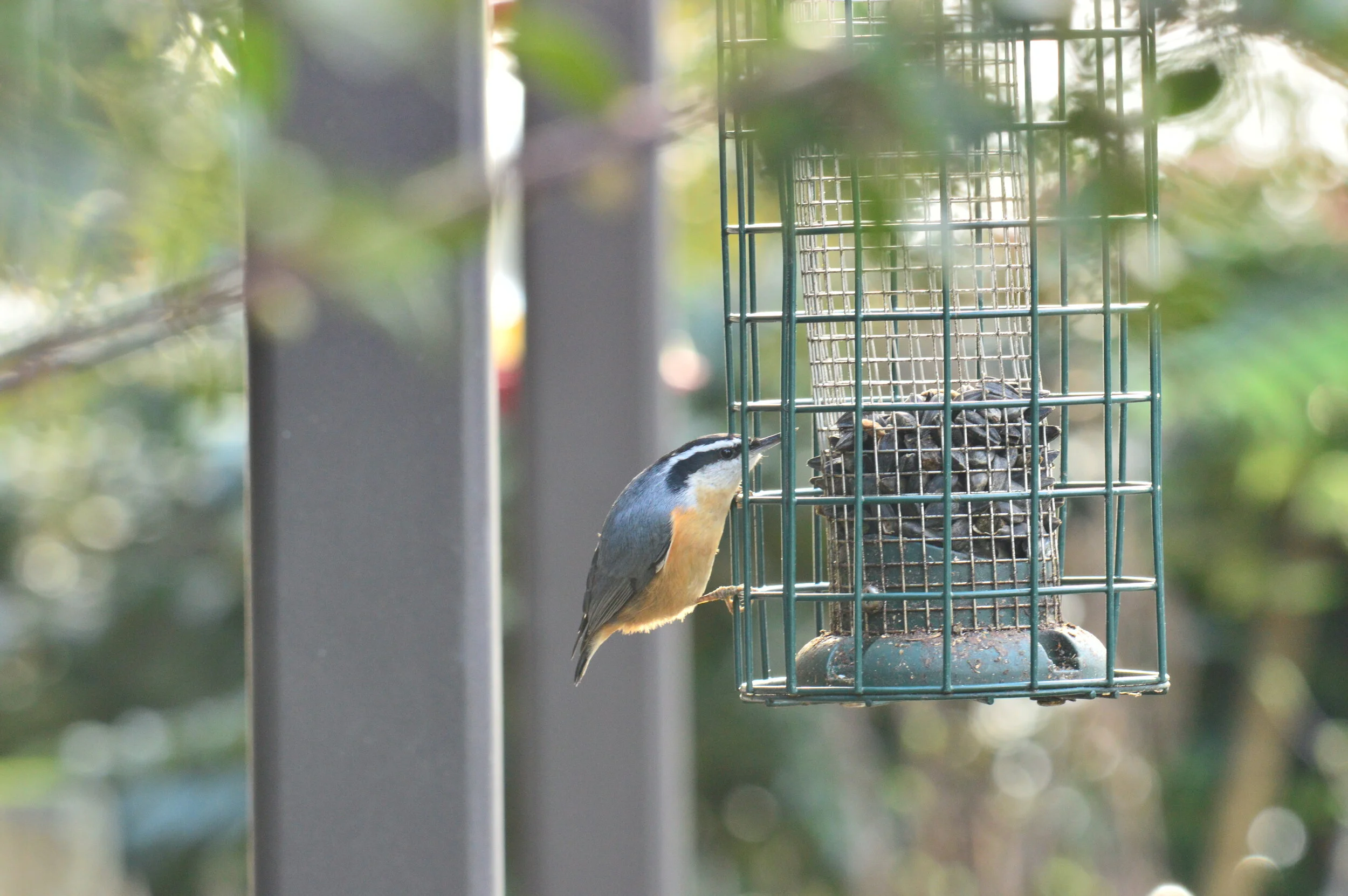By Brian Zinke
Photo: Red-breasted Nuthatch, Brian Zinke
For the health of our communities and ourselves, we should all heed the shelter-in-place orders as much as we possibly can. But that doesn’t mean we have to rid ourselves of birding completely! At the time of this writing, the current restrictions still allow for walks around your neighborhood as long as you practice good social distancing.
This is a great time to step back and appreciate the little things we often overlook in our birding quests. How many times do we look up and see a European Starling or Rock Dove and keep on our way, looking for something “more interesting?” When is the last time you watched one of these “less desirable” birds and studied their behavior?
The same goes with your bird feeders. We often notice the birds at the feeder, but do we really “see” them? Which birds sort through your seed mix and pull out the specific types of seeds they prefer? Is there a pecking order or dominance hierarchy between species? I personally have noted at my 2nd-story apartment feeders that the Red-breasted Nuthatches often give the Chickadees a stern look before stealing their perch on the tube feeder.
Likewise, how often do you drive by the local park in your neighborhood to go birding at a “better” location? If we all bird at the same hotspots all the time, we’re really missing a large portion of our bird communities. There are so many small parks in our area that have not a single checklist submitted in 2020. Not one! Do you live near Tambark Creek Park in Bothell? What about Loganberry Lane Park in Everett, Japanese Gulch in Mukilteo, Camano Ridge Forest Preserve on Camano Island, or Twin Rivers Park in Arlington? Browse the hotspots on eBird to see what areas in your local neighborhood are being overlooked and help us fill in the gaps. If you do visit one of the local parks in your area, please follow the safety guidelines for distancing, and consider birding alone instead of in groups.
This is a difficult time for us all, but we should still strive to find those little nuggets of joy in our lives. I challenge you to get back to the basics of birding. Notice the small things. Notice the things you’ve never paid attention to before. Spend some time with the species you’ve neglected. And bird those small, local areas even though your species list will be small, because those birds are important, too.


